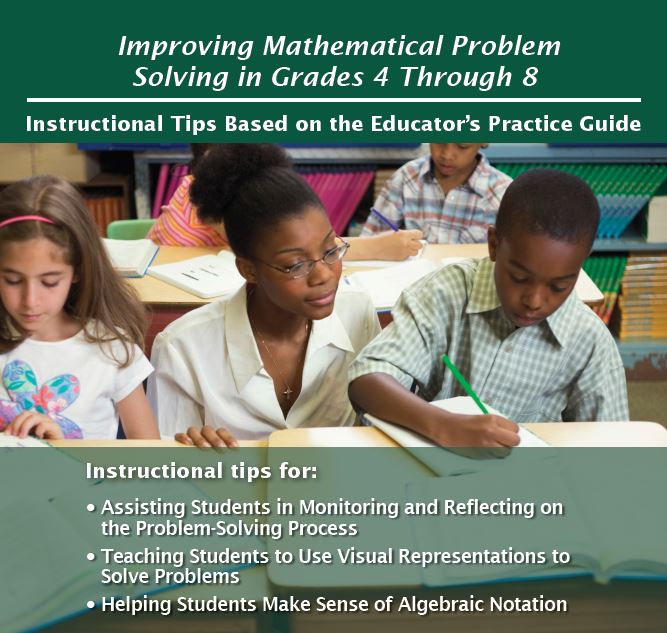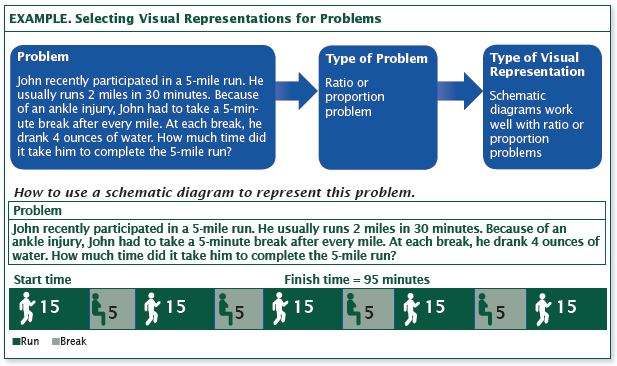By Christopher Weiss, Program Manager, What Works Clearinghouse
The What Works Clearinghouse (WWC) is always looking for ways to improve. We want it to be as easy as possible for our users to connect with the evidence they need, so they can make informed educational decisions.

Last year, we undertook a comprehensive, multi-faceted self-study. Through surveys, interviews, and focus groups, we asked a variety of different WWC users to tell us what we were doing well and, more importantly, what we could do better. (Click here if you’re interested in all the results.)
Some of the specific suggestions we received focused on the WWC Educator’s Practice Guides, which combine the best available research evidence and practitioner expertise on a topic to provide educators with strategies to use in their school or classroom. Based upon a review of the research literature and the guidance of a panel of nationally recognized experts, practice guides synthesize evidence and the wisdom of practitioners.
One particular suggestion that came from the self-study was to create a separate, stand-alone document with concise and specific information that a teacher or school would need to carry out some of a practice guide’s recommendations. It was a great suggestion – and we put it into action.
On July 25, we released our first Instructional Tips publication (PDF), which was created to help educators carry out the recommendations in the Improving Mathematical Problem Solving in Grades 4 through 8 practice guide. We provide tips for three of the Practice Guide’s five recommendations:
- Assisting Students in Monitoring and Reflecting on the Problem-Solving Process;
- Teaching Students to Use Visual Representations to Solve Problems; and
- Helping Students Make Sense of Algebraic Notation.
As an example, for the recommendation on visual representations, we offer two instructional tips. First, we suggest that teachers demonstrate how to select the appropriate visual representation for the problem they are solving and we provide specific steps and examples for implementing this tip. Second, we suggest teachers use think-alouds and discussions to teach students how to represent problems visually and, again, provide specific steps and work examples. Here's one of the examples from the publication:

An accompanying document (PDF) to the Instructional Tips describes the evidence base that supports these recommended practices.
We are planning additional Instructional Tips publications down the road, but we want to hear from you first. If you have questions or ideas for how we can improve this resource, we’d love to hear them. Please send them through an email to the WWC Help Desk.
The Instructional Tips are just one of several ways we are working to improve the WWC. Over the past two years, we have redesigned our website and created a new Find What Works tool to make it easier for users to find the evidence they need. We have also increased our use of Facebook and Twitter to help us better connect with new audiences; published new briefs and held several webinars to explain WWC processes and resources; and have launched a new Reviews of Individual Studies database to give the field quicker access to the research we have reviewed. And all of this has been done while we continue to identify interventions, practices and programs that show evidence of improving student outcomes across a wide array of educational topics.
Stay up to date on new WWC products, events, and resources by signing up for the IES News Flash (under NCEE) and following us on Facebook and Twitter.